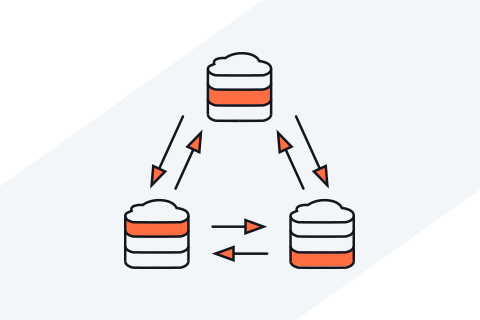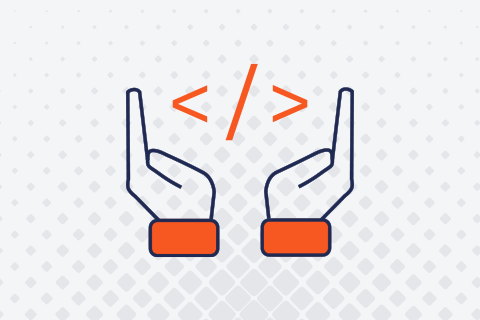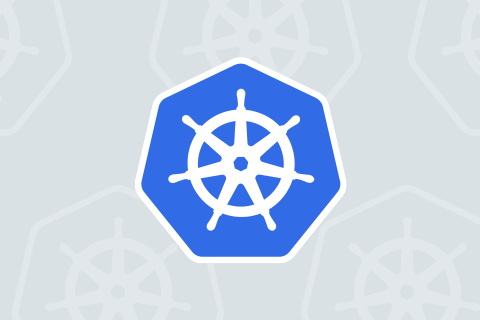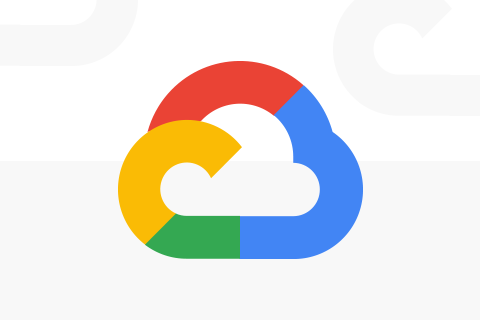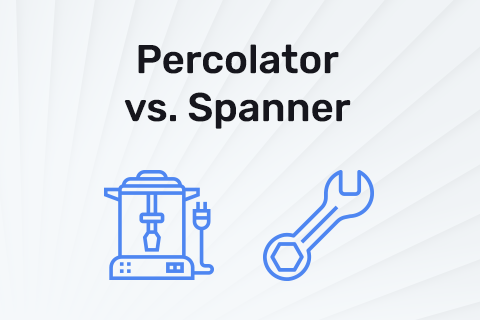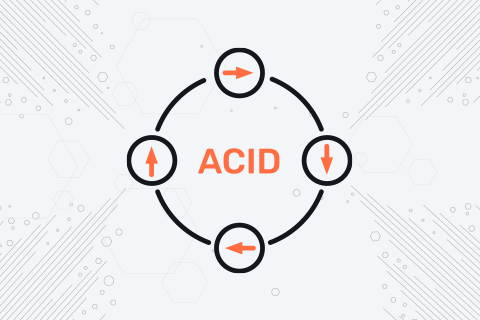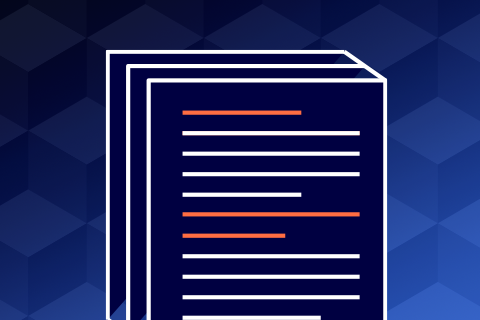First-generation NoSQL databases dropped ACID guarantees with the rationale that such guarantees are needed only by old-school enterprises running monolithic, relational applications in a single private data center. And the premise was that modern distributed apps should instead focus on linear database scalability along with low latency, mostly-accurate, single-key-only operations on shared-nothing storage (e.g. those provided by the public clouds).
Application developers who blindly accept the above reasoning are not serving their organizations well.
…

